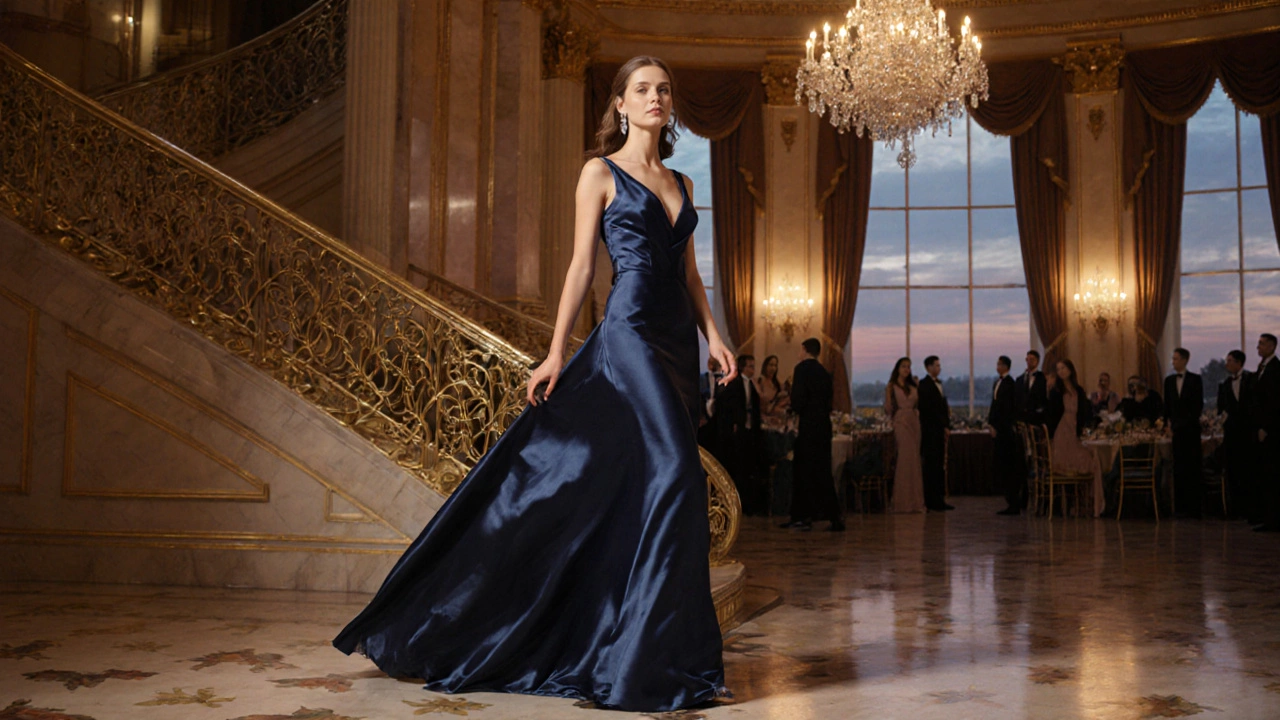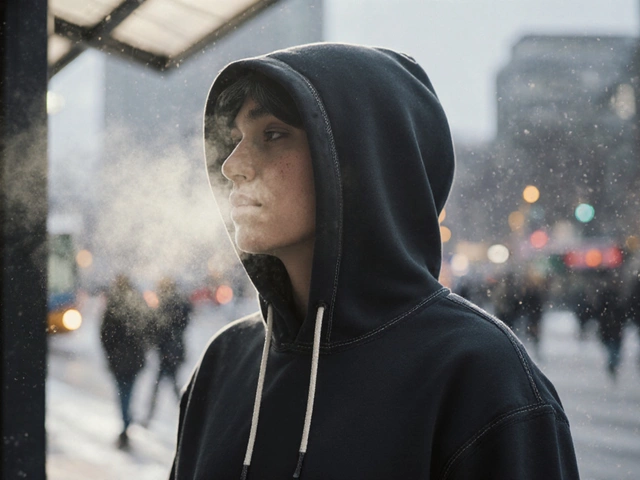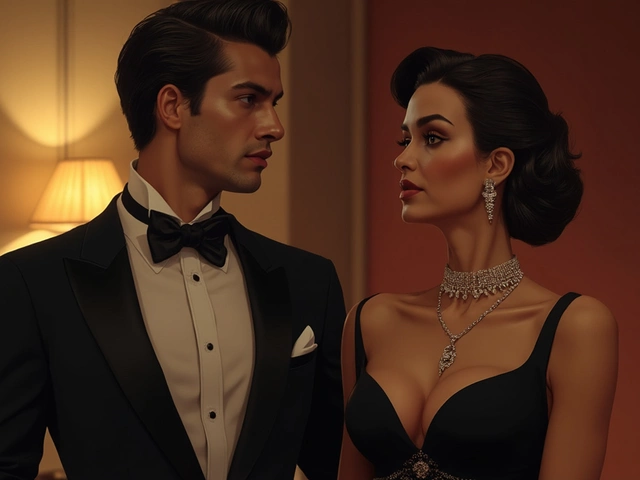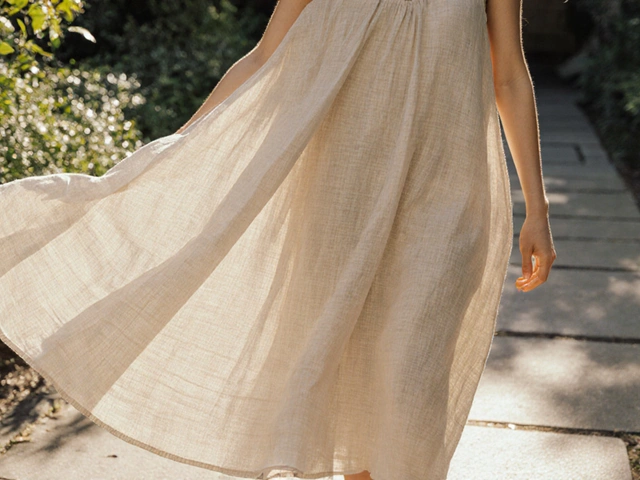Evening Dress Code Finder
Select Your Event Dress Code
Choose your event's dress code to get personalized recommendations for your evening dress:
Black-Tie
FormalUltra-formal events like galas, black-tie weddings
Black-Tie Optional
Semi-FormalFormal events with relaxed dress code
Semi-Formal / Cocktail
CocktailReceptions, dinners, evening parties
Your Evening Dress Recommendations
Select a dress code to see your recommendations
Recommended Length
Choose a dress code to see length recommendation
Best Fabrics
Choose a dress code to see fabric recommendations
Styling Tips
Choose a dress code to see styling tips
Dress Styles to Consider
Key Takeaways
- An evening dress signals formality through length, fabric, and silhouette.
- Common lengths are floor‑length, midi, or just below the knee for cocktail styles.
- Silk, chiffon, satin, lace, and tulle dominate the material palette.
- Know the dress‑code language: black‑tie, black‑tie optional, or semi‑formal.
- Pair the right shoes, jewellery and outerwear to finish the look.
When you step onto a formal event, Evening Dress is a garment designed for evening occasions, typically featuring refined fabrics, elegant cuts, and an appropriate length that signals sophistication. Think of the moment you’re invited to a gala or a wedding reception after sunset-your outfit needs to match the vibe. An evening dress isn’t just any dress; it follows a set of unwritten rules that help you blend in while still standing out.
Defining an Evening Dress
At its core, an evening dress is a piece of formal wear intended for events that start after 6 p.m. The definition hinges on three pillars: length, fabric, and silhouette. Length usually ranges from floor‑sweeping gowns to knee‑length cocktail options, but the cut must convey a level of elegance beyond everyday attire. Fabrics are chosen for their drape and sheen-think silk, chiffon, satin, lace, or tulle. Silhouette dictates how the dress hugs the body, from fitted mermaid styles to relaxed A‑line shapes.
Core Characteristics
Understanding the building blocks helps you identify if a dress qualifies as “evening”:
- Length: Floor‑length is the classic marker, yet a sophisticated midi or a well‑tailored knee‑length piece can also qualify, especially for cocktail‑style events.
- Fabric: Luxury materials like Silk, Chiffon, satin, lace and tulle dominate because they catch light and move beautifully.
- Silhouette: Common shapes include the fitted Mermaid Silhouette, the flared A-line Silhouette, and the sleek sheath.
- Detailing: Beading, sequins, embroidery, or subtle slit openings elevate the dress from casual to formal.
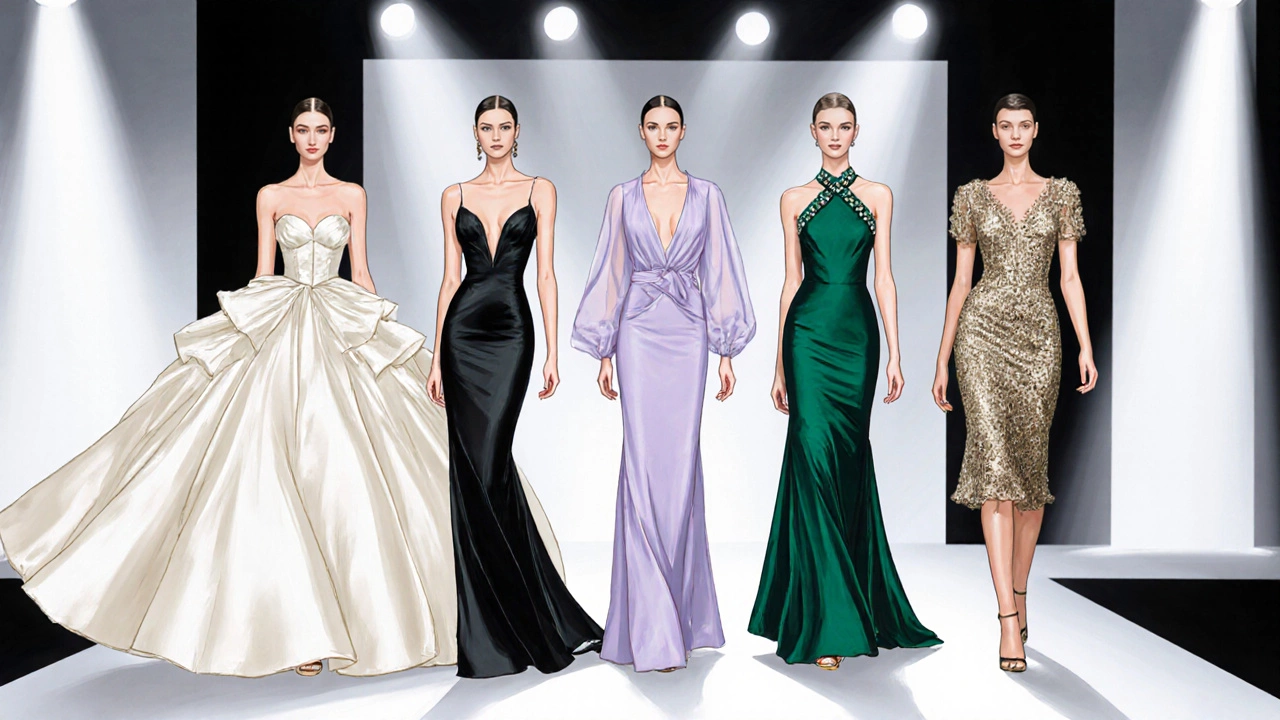
Common Types of Evening Dresses
While the overarching definition stays the same, designers break down evening wear into recognizable categories:
- Evening Gown: An umbrella term for floor‑length gowns, often with dramatic draping or structured bodices.
- Ball Gown: Features a fitted bodice and a full, voluminous skirt, ideal for ultra‑formal balls.
- Mermaid Dress: Tapers at the knees before flaring dramatically, perfect for showcasing curves.
- A‑line Dress: Gradually widens from the shoulder to the hem, flattering most body types.
- Sheath Dress: Straight, narrow silhouette that skims the body from top to toe.
- Cocktail Dress: Typically knee‑length or just above, suitable for “black‑tie optional” or semi‑formal events.
Dress‑Code Context
The invitation usually tells you which version to choose. Here’s a quick cheat‑sheet:
| Dress Code | Typical Length | Fabric Preference | Style Examples |
|---|---|---|---|
| Black‑Tie | Floor‑length | Silk, satin, velvet | Evening Gown, Ball Gown |
| Black‑Tie Optional | Floor‑length or midi | Chiffon, lace, high‑gloss satin | Mermaid, A‑line, embellished sheath |
| Semi‑Formal / Cocktail | Knee‑length or above the knee | Cocktail‑friendly fabrics like crepe, light satin | Cocktail Dress, elegant jumpsuit |
Styling Essentials
Picking the perfect dress is only half the battle. Accessories, shoes, and outerwear complete the narrative.
- Shoes: For floor‑length gowns, opt for closed‑toe heels with a modest rise (2‑3 in). Cocktail dresses pair well with strappy sandals or pointed pumps.
- Jewellery: A statement necklace or chandelier earrings work for simpler gowns. If the dress already glitters, choose delicate pieces.
- Clutch: Keep it sleek-metallic or leather finishes match most fabrics.
- Outerwear: A tailored shawl, faux‑fur stole, or structured blazer protects you from chilly evenings while keeping the look polished.
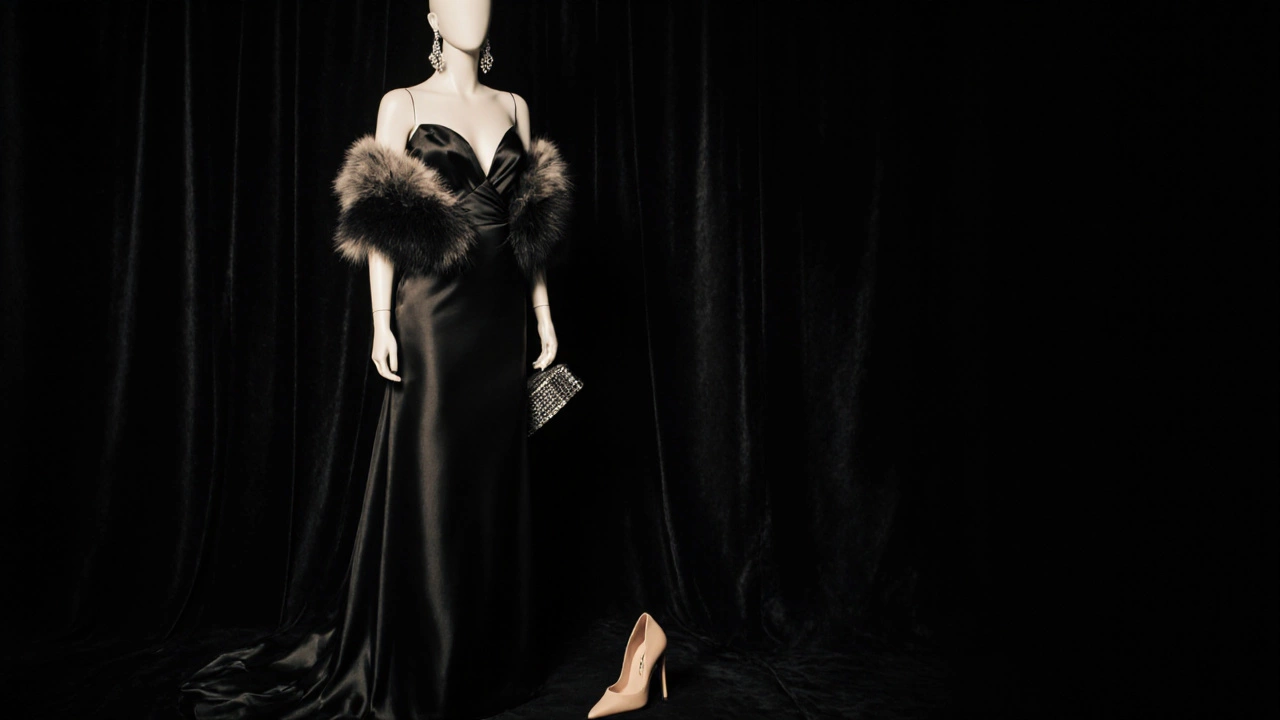
Do’s and Don’ts
Even seasoned fashion lovers stumble on a few common pitfalls. Here’s a quick reference:
- Do consider the venue’s ambiance-opulent ballrooms call for richer fabrics, while rooftop events favor lighter chiffon.
- Do test the dress with a full run‑through of your accessories before the event.
- Don’t wear white unless the invitation explicitly says “white‑tie.”
- Don’t over‑accessorize; let one focal point shine.
- Do ensure the fit works for sitting, eating and dancing-mobility matters.
- Don’t forget comfort; an ill‑fitting heel can ruin an otherwise perfect night.
Comparison Table: Evening Dress vs. Alternatives
| Aspect | Evening Dress | Cocktail Dress | Formal Jumpsuit |
|---|---|---|---|
| Typical Length | Floor‑length or midi | Knee‑length or above | Full‑length (no skirt) |
| Fabric Weight | Heavy to medium (silk, satin, velvet) | Light to medium (chiffon, crepe) | Medium (silk blend, satin) |
| Dress Code Compatibility | Black‑tie, black‑tie optional | Semi‑formal, cocktail | Black‑tie optional, modern formal |
| Styling Flexibility | High - can play with drape, layers | Medium - limited by shorter hem | Unique - focus on tailoring, accessories |
| Comfort Level | Varies - often requires careful shoe selection | Generally higher - easier movement | High - pants offer freedom, but need proper fit |
Mini FAQ
What length qualifies a dress as “evening”?
Floor‑length is the classic benchmark, but a well‑tailored midi or knee‑length dress can also be considered evening when the fabric and detailing are formal enough for the event’s dress code.
Can I wear a black cocktail dress to a black‑tie event?
Generally no. Black‑tie expects a floor‑length gown or a very formal, full‑length silhouette. A black cocktail dress fits better with black‑tie optional or semi‑formal settings.
Which fabrics are safest for an outdoor evening wedding?
Lightweight silk, chiffon, and organza handle evening temperatures well while still looking upscale. Pair them with a shawl or tailored coat for cooler moments.
Do I need to match my shoes to the dress color?
Matching isn’t required; contrast can add visual interest. Neutral tones-black, nude, metallic-work with most evening dresses.
Is a jumpsuit an acceptable substitute for an evening dress?
Yes, especially for black‑tie optional events. Choose a jumpsuit made from luxe silk or satin, with a fitted waist and elegant accessories to keep the look formal.
